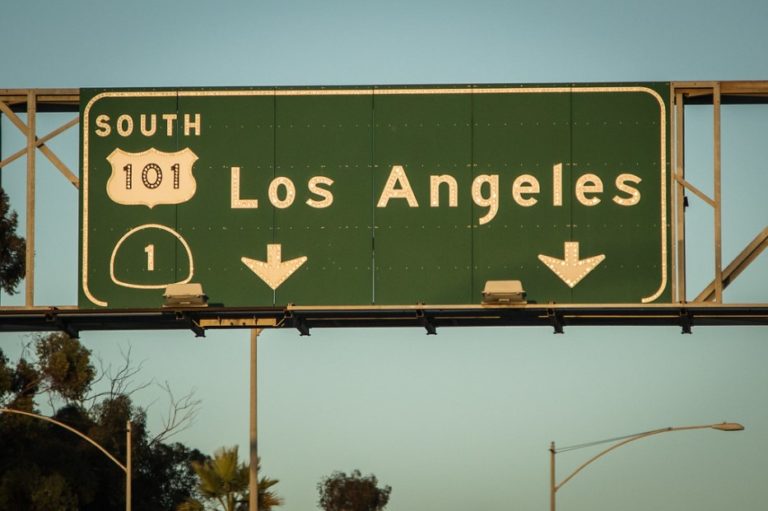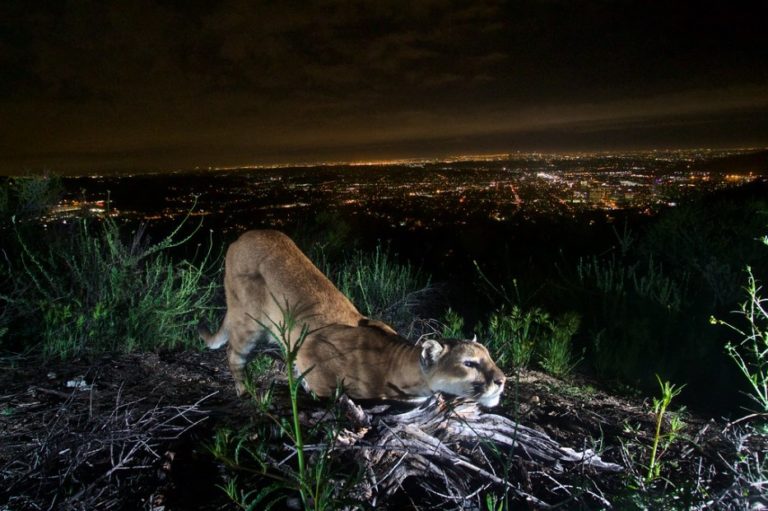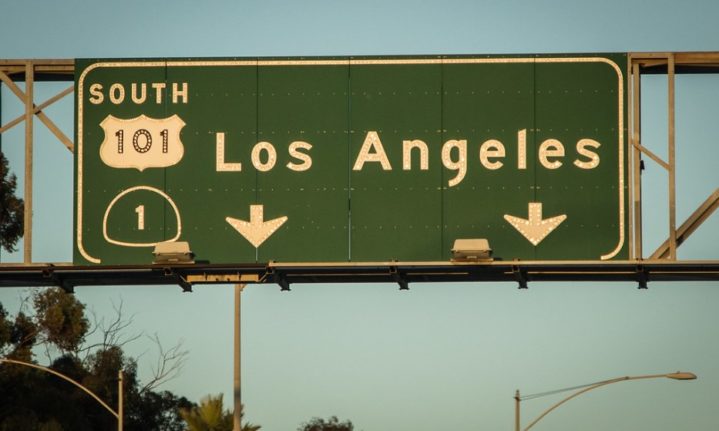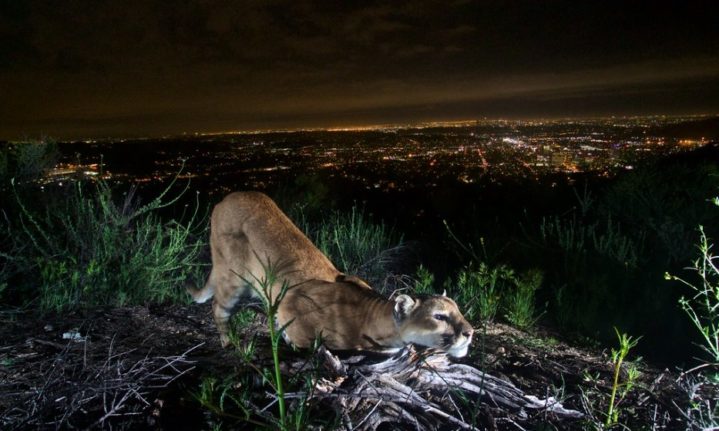Construction will begin this month on the world’s largest wildlife overpass, across the 10-lane 101 highway near Los Angeles, US.

Picture: Flickr Commons / Tony Webster
This ‘history-making project’ will stretch ‘210ft [64m] long and 1 65ft [50m] wide’ and will provide a safe crossing for ‘lizards, snakes, toads and mountain lions’, reports The Guardian.
It will be constructed near Los Angeles, creating a link between two parts of the Santa Monica mountains. It will be populated with indigenous plants and even soundproof vegetation walls to help reduce light and noise pollution for nocturnal animals as they cross over.
Since 2002, The Guardian reports, 25 mountain lions have been killed making this deadly crossing. On 23 March, a young mountain lion was hit by a car and killed on the Pacific Coast Highway, so this passage is coming at a ‘crucial time’.

Picture: Flickr Commons / Santa Monica Mountains National Recreation Area
The crossing, the idea of urban ecologist Beth Pratt of the National Wildlife Federation, will cost $90 million (R1,3 billion) to build. It is only expected to be complete in 2025 with most of the construction happening at night. Private donations will cover 60% of the cost of the bridge; the balance will be from public funds put aside for conservation purposes.
‘I’m a little dizzy still, but I feel relieved: we have the chance to give these mountain lions a shot at a future,’ Pratt says.
Landscape architect Robert Rock of Living Futures in Chicago, led the design. He said this ‘nature-centred type of construction’ was different from any other wildlife pass in the world and was designed to ‘seamlessly glide into the environment on both sides – and send a message to the people driving below’, reports The Guardian.
‘As both a tool for and a symbol of connection, [the overpass] will stand as an alluring challenge to future generations to pick up the mantle of design to bridge the gaps elsewhere in our world,’ Rock said.
People would be discouraged from exploring the overpass, with Pratt saying planting poison oak and placing warning signs of rattlesnakes may do the trick.
She said it was a great way for humans to learn how to live more ‘harmoniously with nature’.
Animals will eventually explore the bridge and adapt to the unfamiliar territory. It is estimated that it will take up to five years for some species to use the crossing from end to end.
Called the Wallis Annenberg Wildlife Crossing, a groundbreaking ceremony will take place on Earth Day, 22 April.
About 300 000 cars pass through the area each day.
ALSO READ
Cape Leopard Trust shares snapshots of the Overberg’s big cats

















